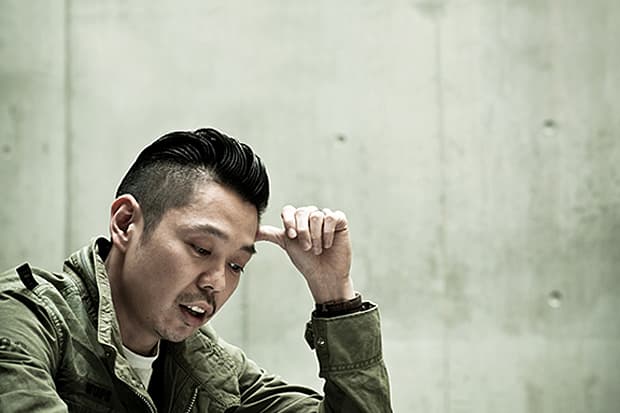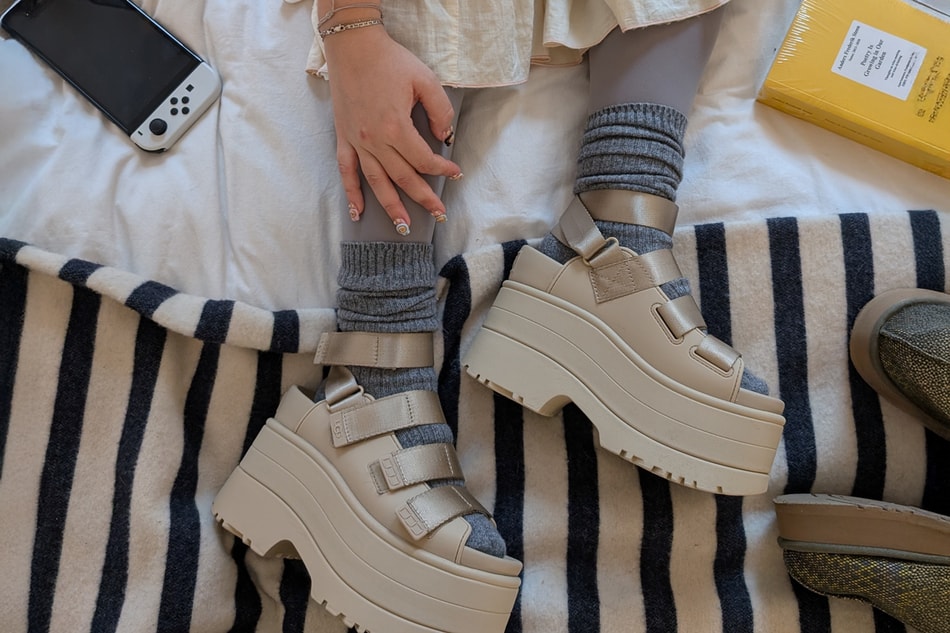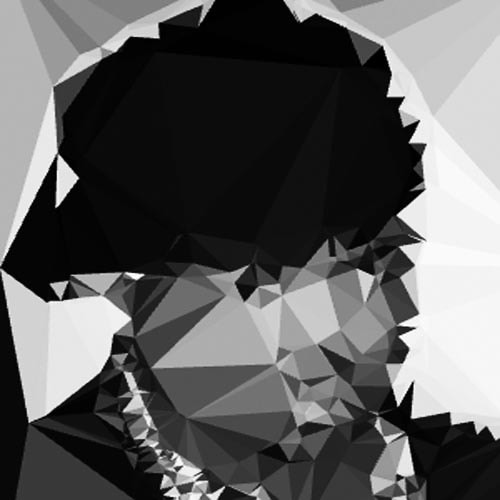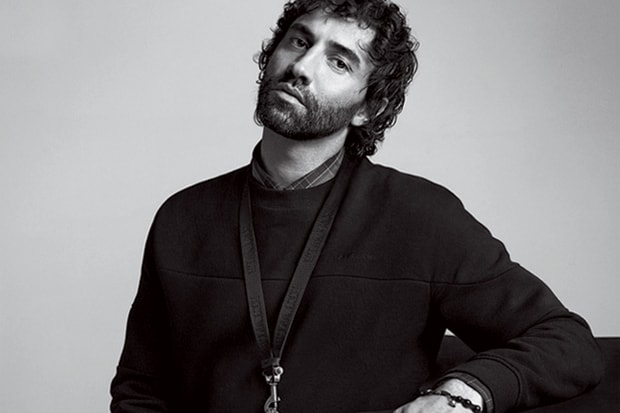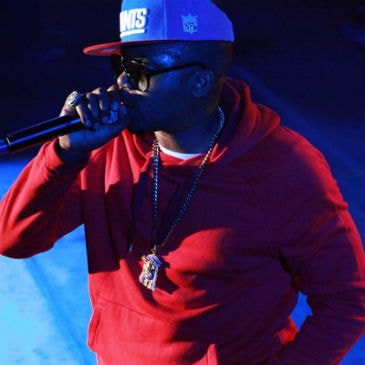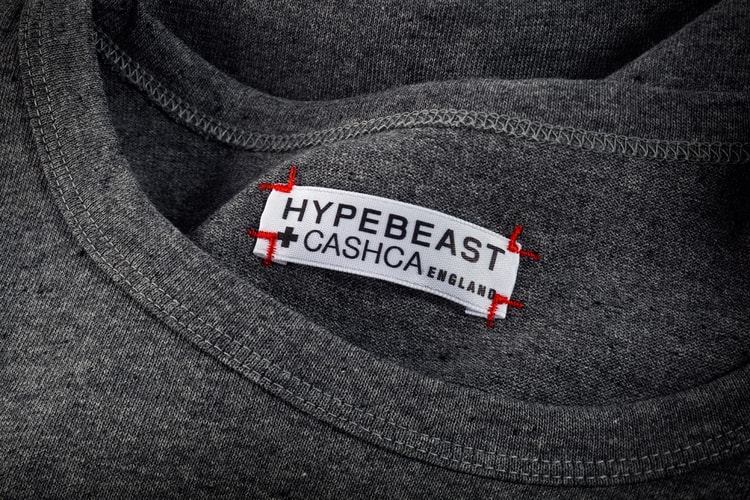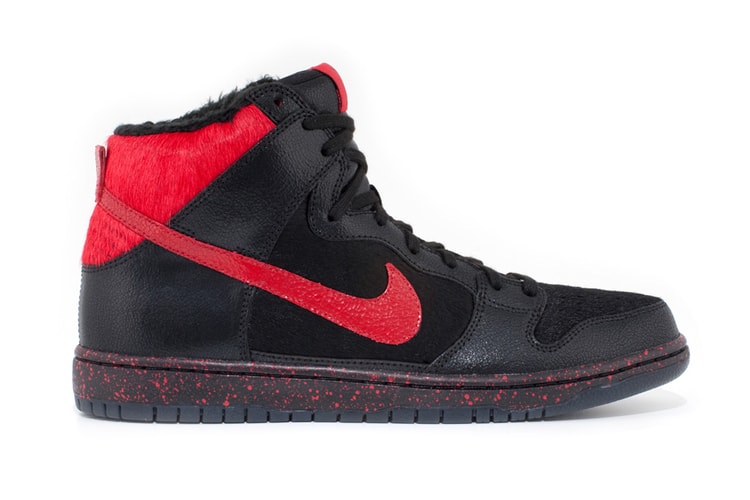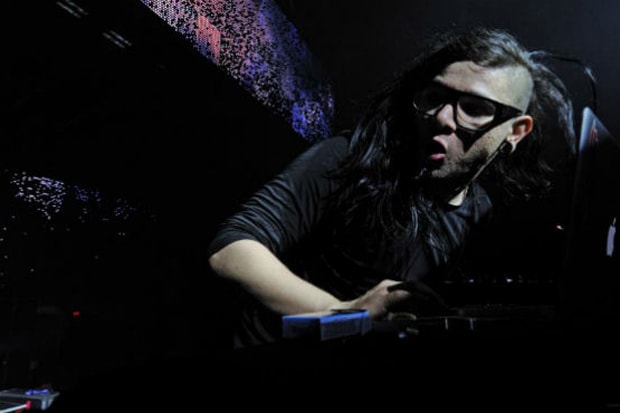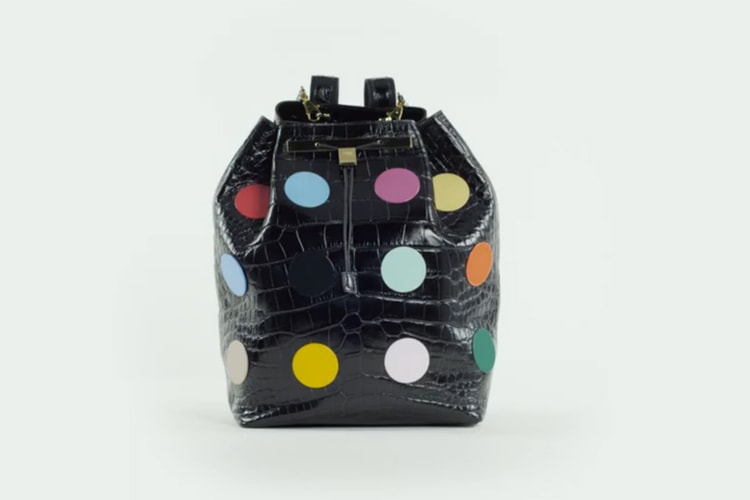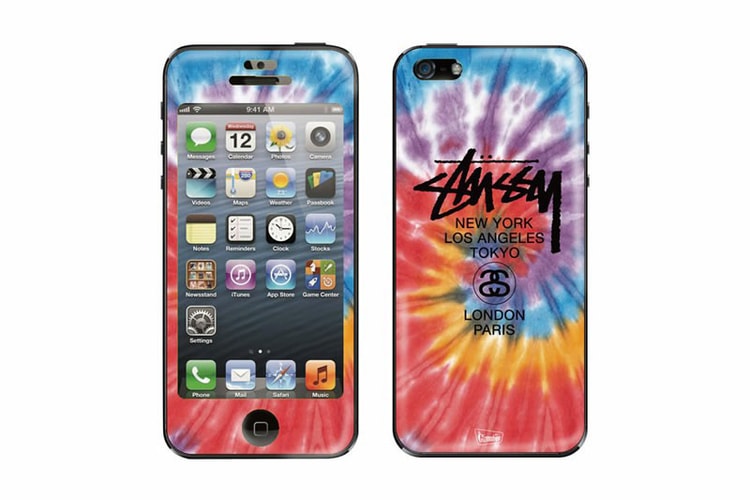WTAPS' TET Discusses History and Inspirations
Russian retailer Belief Moscow recently caught up with WTAPS creative Tetsu Nishiyama to discuss an
Russian retailer Belief Moscow recently caught up with WTAPS creative Tetsu Nishiyama to discuss an array of topics. Touching on issues surrounding the origins of the brand, name and other relevant items in TET’s world, the interview is both entertaining and enlightening. While choice excerpts appear below, head to BELIEF Moscow to peruse it in its entirety.
I wonder how you came to name brand WTAPS and what does it mean?
Before WTAPS there was FPAR (FORTY PERCENTS AGAINST RIGHTS), my original product. FPAR was not only focused on apparel though, but on other creativities as well. At some point I felt like I want to concentrate more on apparel and fashion. So, I called the 2nd brand WTAPS. This is a military term, as you may know, and it means “the second shot always finishes it”. “W” means “twice”. So, WTAPS was my 2nd challenge.“Placing things where they should be”. But where things should be? Is it only the visual senses and intuition? Or do you use some kind of “archives” where you can verify this?
It really is from my intuition. To me, “placing things where they should be” is the basis and the foundation of design. That’s why I use it as a slogan. As I did fashion, I got a bit exhausted with the repetition every season. Things could be the same, the same and the same … I needed quite some motivation to keep going. And … whenever I think of the motivation I return back to the origin, to the foundation … “placing things where they should be”. This is my starting point when it concerns fashion. And I adhere to the 2 principles.
Miya-Daiku – historically, this was a group of professional carpenters in Japan famous for being able to use every single piece of wood.
It is like … trees can be imperfect. It can be curved, but the way it is curved does have the power, the origin, the beauty and the esthetics to it too. Even if a tree is bent, it has certain esthetics in it. I do not see it as a defect, but rather understand and make the full use of its potential and reflect it in my design.The 2nd principle is Taoism.
FPAR is permeated with an anarchism energy. Where this energy can be found even today? It is interesting to all – from design to music and movies. What are main sources of FPAR inspiration for you?
It is not that I support the word “anarchy” or anarchy as such. It is anarchism, not anarchy – there is a difference. Anarchism is a principle. It is how people in the past were “political against”, how they were reflected in the media, how they communicated to the mass media – that’s what I was interested in. Of course, anarchism was reflected in design, music, fashion, movies. More so, in 1990’s there was an example of a “public enemy”, the method they used to fight for human rights, against discrimination. A lot of people, including those in fashion, reacted. Although they were outrage, they were successful in communicating to the public. To me it is the effect, the influence, the impact of being political against that I synchronize with anarchism. There are artists including Japanese artists as well – Kiyoshiro Imawano, Blue Hearts, Rage against the Machine, good few others who represent this. I pay them the respect, but it is not necessarily that I was particularly influenced by them. FPAR is my own idea, my vision, my own expression of the design.

